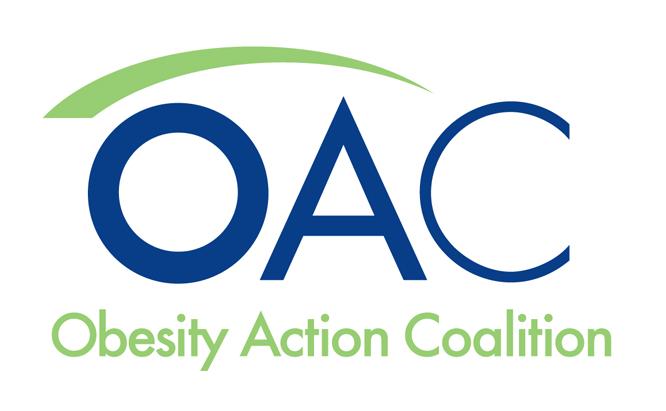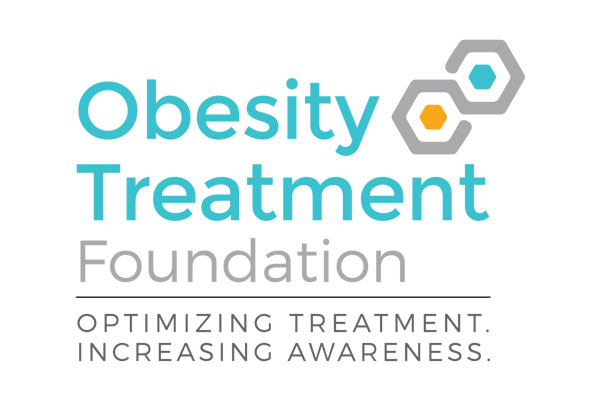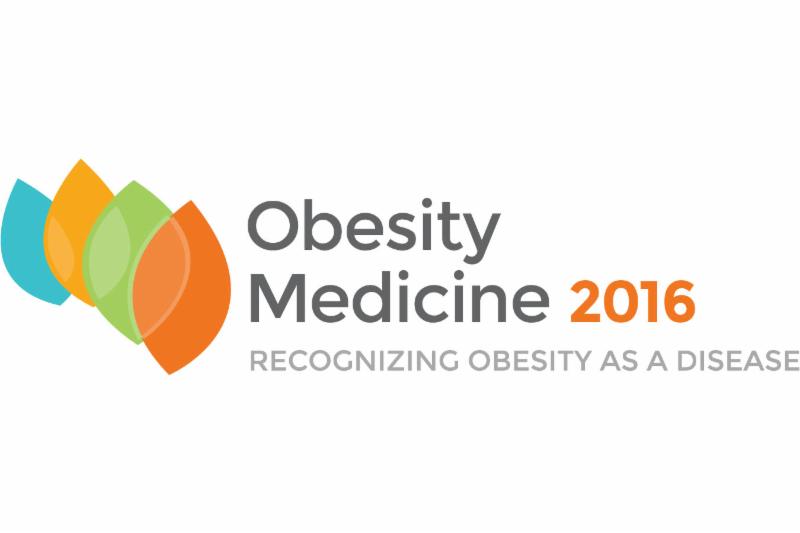Takeda announces plans to transform business, enhancing value for patients
Takeda Pharmaceuticals U.S.A., Inc. ("Takeda"), which markets the anti-obesity medication CONTRAVE®, has announced moves which will strengthen the focus on its recent product launches in inflammatory bowel disease (IBD) and major depressive disorder (MDD), including the creation of business units to capitalize on opportunities to create the most value for patients. "Takeda is focusing resources behind opportunities where we can lead; we are making very deliberate strategic choices on where we will invest, and where we won't," said Ramona Sequeira, President, Takeda Pharmaceuticals U.S.A., Inc. "We want to ensure we are focused on areas where we can provide the most value for patients over the long-term." In keeping with the targeted focus, Takeda has agreed to transfer back to Orexigen the rights to develop and commercialize CONTRAVE® (naltrexone HCl / bupropion HCl) in the United States, pending the parties' receipt of clearance under the Hart-Scott-Rodino Antitrust Improvement Act ("HSR Act"). This move allows Takeda to better focus promotional resources against its portfolio of medicines in areas such as MDD, IBD, gout and diabetes. Continue reading...
|
 Real-life strategies for reducing children's screen time
The Campaign for a Commercial-free Childhood (CCFC) is an organization dedicated to reducing the amount of time families spend in front of computer, TV, and mobile screens and raising awareness about the benefits of an active family lifestyle. CCFC provides resources to parents to help them implement changes in their own families and recently added " 7 Parent-tested Tips to Unplug and Unplay" to the list. These resources may be a useful tool for patients looking to improve their own health but also the health of their entire family. CCFC is also the facilitator of screen-free week, which takes place May 2-8. |
Help us retain our seat in the AMA House of Delegates
OMA currently holds one seat in the American Medical Association's (AMA) House of Delegates. Having a seat means we have a voice within the AMA, and we can influence policy, introduce initiatives, and ensure that AMA keeps talking about obesity. Help us strengthen our voice by designating OMA as your primary specialty society and adding your AMA member number to your OMA account. Please update both your AMA and OMA profiles by March 25 to ensure we meet AMA's requirements for representation in the House of Delegates.
|

Registration now open for OAC's national convention
The 2016 Your Weight Matters National Convention is the premier educational event for individuals who want to manage their weight and health effectively. While it is a patient-focused event, health care professionals can benefit from the top-notch education presented throughout the weekend. The 2016 Convention takes place Aug. 25-28 at the Gaylord National Resort & Convention Center in Washington, D.C. The Obesity Action Coalition (OAC) invites you to join in this event, where you can learn what your patients learn and gain a better understanding of the challenges they face. Register now |
Obesity Treatment Foundation
|
 OTF needs your input OTF needs your input
Please take 2-3 minutes to complete a short survey. Your answers will help us determine the level of interest in an obesity medicine data registry. The obesity medicine data registry is a platform that will enable obesity medicine specialists to collectively provide real-world evidence of the effectiveness of medical obesity treatment. It will pull patient data anonymously from electronic medical records in obesity medicine clinics in a HIPAA-compliant fashion (or allow clinics without EMRs to manually upload data), and aggregate the data in a common registry. The registry will create periodic reports for your clinic, which permit you to make comparisons between your data and data from clinics employing similar and dissimilar methods. The intent is to enable individual participants to have access to the database should they wish to conduct their own analyses. Research will be conducted from this registry, with the ultimate goal of improving patient outcomes and increasing the visibility and credibility of the practice of obesity medicine. Please complete the survey by March 30.
|

OTF now accepting letters of intent for $15,000 research grant
The Obesity Treatment Foundation (OTF) will offer one research grant this year in the amount of $15,000. This grant will assist an obesity medicine specialist in engaging in clinical research focused on determining effective obesity treatment approaches. OTF is now accepting letters of intent from clinicians interested in applying for this grant. Letters of intent are due by May 13, and selected applicants will be invited to submit full proposals by June 6. Carefully review the submission instructions before submitting your letter of intent. Questions? Contact OTF at stacy@obesitytreatmentfoundation.org. |
|
|
|
Executive Director
Sponsorships and Exhibits Manager
Operations Manager
Education Coordinator
Communication Manager
Executive Director of the Obesity Treatment Foundation
|
|
101 University Blvd.,
Suite 330
Denver, CO 80206
|
|
|
Effects of moderate and subsequent progressive weight loss on metabolic function and adipose tissue biology in humans with obesity
Magkos, F., et al. Cell Metabolism, 2016.
A goal of achieving 5-10 percent weight loss is commonly recommended by health care professionals. However, the difference between achieving 5 percent versus 10 percent weight loss on cardiometabolic health outcomes is unclear. A randomized controlled study was conducted to test the effects of 5.1 percent weight loss compared to 10.8 percent and 16.4 percent weight loss. Results showed that 5.1 percent weight loss improved adipose tissue, liver, and skeletal muscle insulin sensitivity and beta cell function. These improvements occurred without improvements in systemic or subcutaneous adipose tissue inflammation, suggesting that reducing inflammation is not required for weight-loss induced improvements in these parameters. Additional weight loss resulted in reductions in body fat mass, intra-abdominal adipose tissue volume and intra-hepatic triglyceride content. There were improvements in pathways and genes from adipose tissue involved in cholesterol flux and downregulation in lipid synthesis and oxidative stress. There was also further improvement in skeletal muscle, but not liver tissue, adipose tissue, and insulin sensitivity, and there was continued improvement in beta cell function. These results show that 5 percent weight loss has a number of beneficial metabolic effects and additional weight loss leads to additional benefits. View article
|
Oxytocin: A conditional anorexigen whose effects on appetite depend on the physiological, behavioral, and social contexts
Olszewsk, P. K., et al. J. Neuroendocrinology, 2016.
Oxytocin has a number of important roles in the body, and one of these roles is as an appetite suppressant. The neuronal activity of oxytocin coincides with satiation and excessive stomach distention, leading people to stop eating. Oxytocin also decreases food intake that is driven by reward, such as carbohydrates and sweet tastes. This review article summarizes the effects of oxytocin and processes that are intertwined with eating behavior. View article
|
Clinical effectiveness of very-low-energy diets in the management of weight loss: A systematic review and meta-analysis of randomized controlled trials
Parretti, H. M., et al. Obesity Reviews, 2016.
Very low-calorie diets (VLCDs) are often looked upon negatively due to the rapid weight loss that occurs and the idea that rapid weight regain will follow. A systematic review was conducted to examine maintenance of weight loss at 12 months and beyond with VLCDs compared to no intervention or interventions that were not intensive and included only behavior recommendations. The analysis found that compared to behavioral programs alone, VLCDs combined with behavioral programs achieved 3.9 kilograms (kg) greater weight loss at one year. At 24 months, VLCDs showed 1.4 kg greater weight loss and at 38-60 months, weight loss was 1.3 kg greater. Nineteen percent of the VLCD group discontinued treatment prematurely compared to 20 percent of the comparator groups. These data suggest that VLCDs paired with behavior programs achieve greater long-term weight loss than behavioral programs alone, suggesting they could be more widely used than currently recommended. View article
|
 |

Obesity Medicine 2016
There's still time to register for Obesity Medicine 2016, but space is filling up quickly! Reserve your spot now for top-rated education from leading experts in the field and invaluable networking opportunities with your peers. Register now to ensure you don't miss out. While you're there, don't miss all that San Francisco has to offer. Take a trip to Alcatraz for a taste of history, walk along the waterfront or the Golden Gate Bridge, or visit one of the city's many cultural districts. |
Review Course for the ABOM Exam
13.25 CME/CE | April 6-7
Helps prepare those planning to take the American Board of Obesity Medicine (ABOM) certification exam.
| Practice Management Essentials
6.5 CME/CE | April 6
Explains the best business practices for running an obesity medicine clinic, from setting up a practice to boosting patient retention.
|
|
Nutrition Course
6.75 CME/CE | April 7
Outlines the latest evidence-based findings about nutrition and helps you select appropriate nutrition plans for your patients.
| Spring Obesity Summit
17.25 CME/CE | April 8-10
Addresses topics related to current and emerging research, evidence-based treatment approaches, technologies, and practical methods used by obesity medicine clinicians.
|
|
|
*The Review Course for the ABOM Exam runs concurrently with Practice Management Essentials on Wednesday and the Nutrition Course on Thursday. Registration for the Review Course includes two days of class time, and switching between courses is not allowed.
|
|
|
|
The Obesity Medicine Association and the Obesity Treatment Foundation thank our 2016 Corporate Advisory Council members for their continuous support.
|
© 2016 Obesity Medicine Association. All rights reserved. Materials may not be reproduced, redistributed or translated without written permission. Advertising disclaimer: Under a policy approved by the OMA executive committee and exhibitor/advertiser review committee, commercial companies may apply to advertise in OMA publications. Approval does not imply endorsement or official recognition of particular products or services.
|
|
|
|